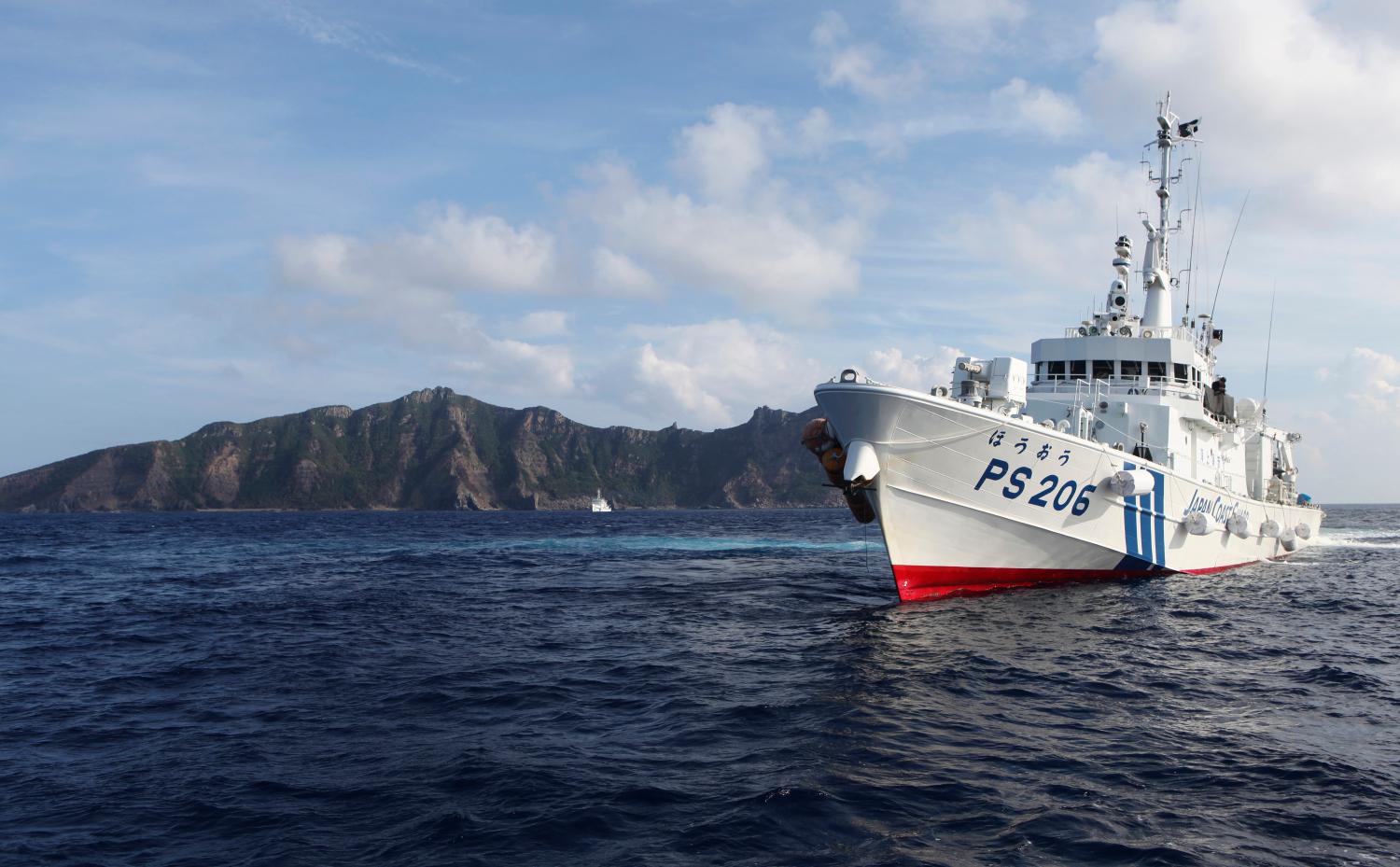During 2013, the United States warned Asia’s maritime countries of the danger of asserting their claims in the South and East China Seas, and urged adoption of arrangements to reduce risk and avoid conflict. Richard Bush, Bruce Jones and Jonathan Pollack write that the Obama administration should continue along this path in 2014, to help prevent further clashes in the region.
 |
MEMORANDUM TO: President Obama |
Summary and Recommendations
In January 2013, we recommended that you launch a concerted diplomatic effort to mitigate the risks of conflict between Asian powers in the South China Sea and East China Sea. We suggested this be pursued both regionally, through diplomacy with directly affected parties, and internationally, by leveraging China’s significant interests in other maritime domains where it has less capacity to influence events. Since then, some modest steps were taken at the regional level, but we missed opportunities to apply pressure at the international level—for example, accepting China’s application to become an observer in the Arctic Council without conditions. We continue to believe that risks of a military confrontation or outright conflict are high enough to demand sustained White House attention and proactive diplomacy.
Recommendations
In the South China Sea, regional actors, with U.S. encouragement, have offered promising proposals for a regional code of conduct; there is no need for us to add to them. President Xi’s apparent signal of a more constructive diplomatic posture toward neighboring countries might provide an opportunity to test Chinese intentions, but his expression of interest needs elaboration and clarification.
In the East China Sea, however, the situation has continued to deteriorate as nationalist sentiment exacerbates economic and bureaucratic incentives to heighten tensions. China’s declaration of an Air Defense Identification Zone (ADIZ) that overlaps with Japan’s ADIZ, particularly over the Senkaku/Diaoyu islands that each claims as its sovereign territory, raises the risks of an incident or accident. Continued U.S. preoccupations with events in the Middle East have created an impression in Asia that there is less meaning and attention to “rebalancing” than the United States has claimed. This has given China an opportunity to sow doubt about U.S. readiness to respond to provocations against allies in Asia, adding to the risks of miscalculation.
To avoid additional deterioration and to forestall an outright crisis, we recommend four steps. First, you should reinforce the U.S. commitment to allies in Asia. National Security Advisor Rice’s speech on Asia policy, Vice President Biden’s December trip to Northeast Asia and the rapid responses of Secretaries Kerry and Hagel to China’s ADIZ declaration were all necessary and important steps. At the same time, in high-level private communications with our regional allies and partners, you should reemphasize that our commitment to them is not a blank check to exploit heightened tensions.
Second, we will need to intensify efforts with U.S. allies, using our many channels of communication to the Japanese and South Korean governments, to tone down nationalist rhetoric and provocative behavior. This includes nationalist posturing between Japan and South Korea. The December 26th visit of Japanese Prime Minister Abe Shinzo to the Yasukuni Shrine is a case in point.
Third, you should personally engage President Xi, invoking his commitment to a “new type of major power relations,” while stressing the need to give the concept operational content. While he made clear at Sunnylands that he had no intention of backing away from Chinese interests in the South China and East China Seas, you should emphasize to him that there are serious consequences if China pursues these interests through military means.
Fourth, you should designate a senior national security official to (1) lead efforts to develop a maritime security framework that enables collaboration or engagement with China and other Asian actors apart from the South China and East China Seas; (2) identify dispute management mechanisms and procedures that could be brought to bear in both areas; and (3) identify opportunities for leverage that derive from the American naval role in guaranteeing the flow of energy on which China and other regional actors depend.
We must also be prepared for the possibility that events will require intensive high-level shuttle diplomacy. An escalation of tensions in the East China Sea, including the possibility of limited military clashes between Japan and China that might compel us to intervene on Japan’s behalf, depending on the circumstances, would be a serious setback and challenge to U.S. policy priorities. It warrants top-level strategy and attention if we are to prevent acute deterioration in the regional security environment.
The Brookings Institution is committed to quality, independence, and impact.
We are supported by a diverse array of funders. In line with our values and policies, each Brookings publication represents the sole views of its author(s).






